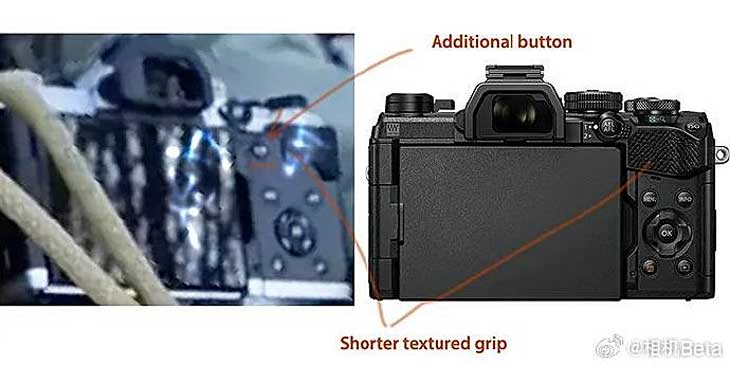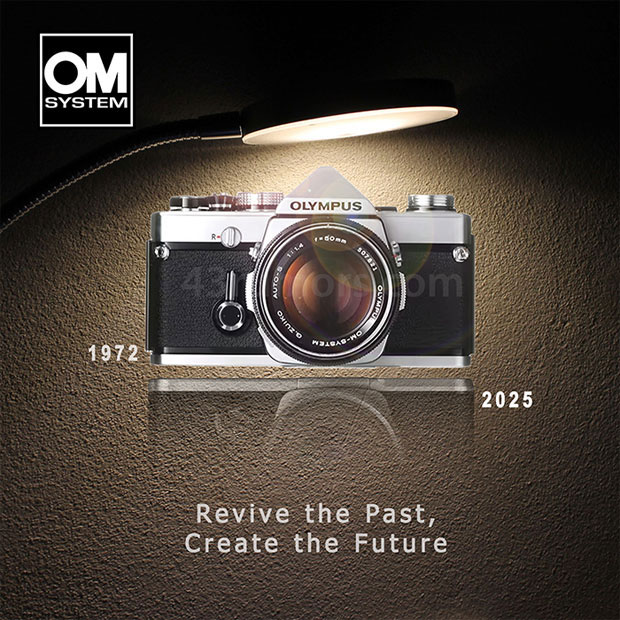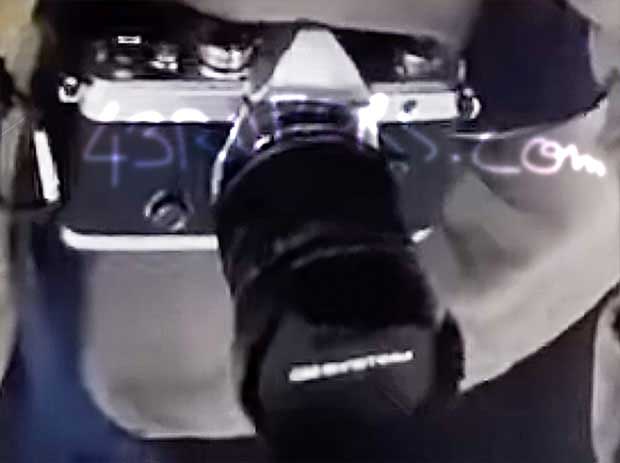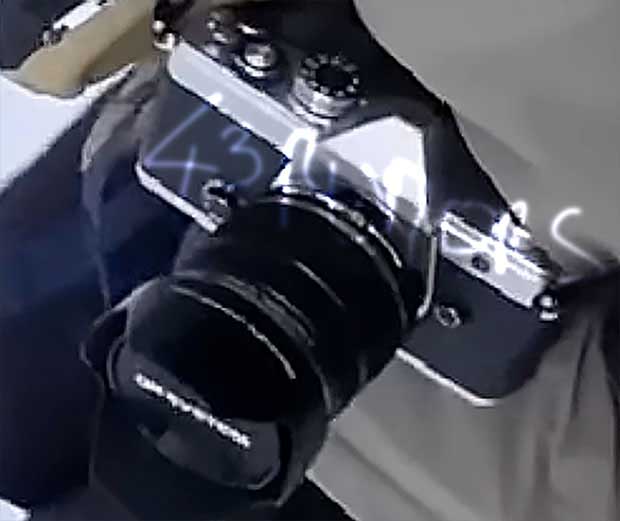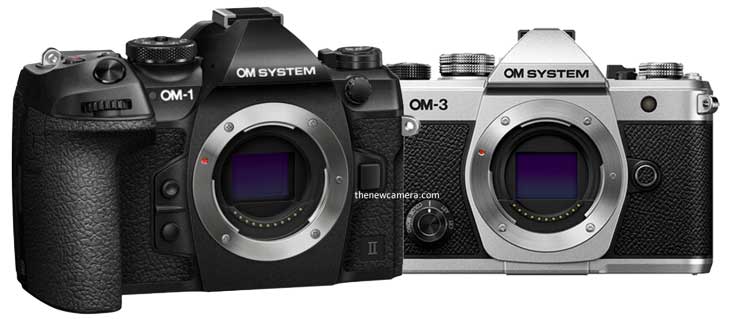
Before we begin, let me tell you one thing: both cameras carry almost the same core specifications like sensors, image processors, and other technical aspects, so the image quality and video quality will be the same.
Here comes the design part: if you would like a slightly retro-looking camera, you can go with the Olympus OM-3, the latest edition. But if you love to have the Olympus OM-1 Mark II, why would you love it? Because it has a deeper DSLR-style hand grip. Another thing is that due to the type of body construction, there is no overheating issue associated with this particular camera. Now, the OM-3 heatsink isn’t as good as the OM1 II, so it may be prone to overheating while recording 4K videos for a longer period.
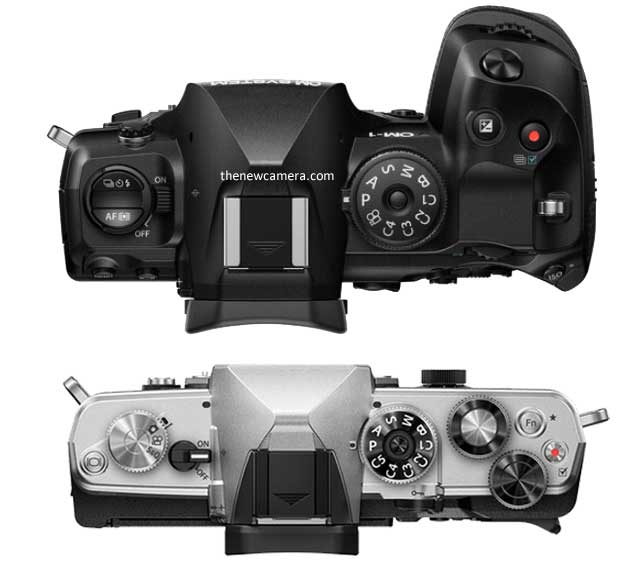
Which Camera is Recommended for You?
If you love to have a DSLR-style hand grip and a professional-grade weather-sealed rugged body, then the OM-1 Mark II is the better choice. Another thing—yes, we do have some slight photography advantages inside the OM-1 Mark II, like an extended ISO range. Right now, we don’t have confirmation about the OM-3, but it does not have a very high-resolution electronic viewfinder of 5.76 million dots, as well as a mechanical shutter range up to 1/8000 of a second.
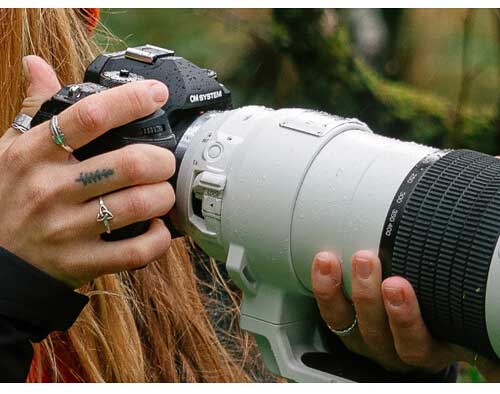
Professional grip easy to carry heavier lenses with the camera, and even makes feels you more and more comfortable when you hold this camera for longer hours for shoot, like shooting an event or wedding
Even the continuous shooting speed of the mechanical shutter is approximately 10 frames per second in the Olympus OM 1 mark II, which is limited to 6 frames in the OM-3. So, if you look at all the possible core specifications in both cameras, then for photographers who don’t bother about the type of design they are getting and are not inclined towards the retro-style camera, the best option is to buy the OM-1 Mark II.
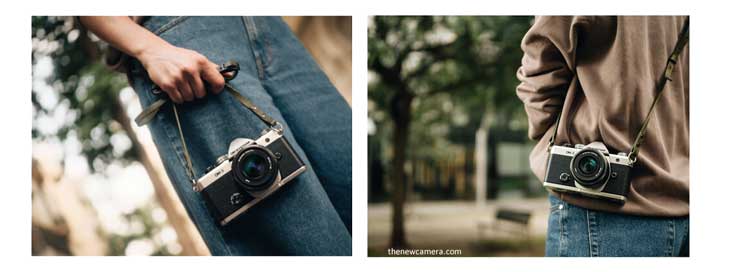
The Olympus OM3 is even marketed as a street-style Retro camera. Most of the pics used for promotion showed people holding their cameras with straps and using a lightweight lens, but again professionals who hold their camera hands for longer periods will surely prefer the OM1 Mark II
For Videographers and Photographers
The best thing recently introduced in the new OM-3 camera is the OM-Cinema Mode. With the OM-Cinema Mode, you get a decent, slightly less-contrasty color picture profile, which is more suitable for displaying your captured videos on 4K HD televisions.
But again, you have to consider one thing—if you are a podcaster who records for longer periods, then you should go with the OM-1 Mark II, since it doesn’t have any limitations like the 120-minute recording limit in 4K on the OM-3.
If you are into longer recording sessions, then for sure, the OM-1 Mark II is the best choice. Additionally, it supports Full HD video recording at 240 fps for slow-motion shots.
Again, the Cinema Mode in the OM-3 can be easily adjusted in post-processing, so it’s not a big thing.
Olympus OM-1 Mark II vs. Olympus OM-3 Specification Comparison
OM System OM-3 Camera Body $1,999.99 [ Amazon.com | Adorama.com | B&H Store]
OM System OM-1 Mark II Camera Body $1,999.99 [ Amazon.com | Adorama.com | B&H Store]
Design & Build Quality
| Feature | OM-1 Mark II | OM-3 |
|---|---|---|
| Weight | 511g (1.1 lb) | 413g (0.9 lb) |
| Weather Sealing | IP53 (dust/splash-proof) | IP53 (dust/splash-proof) |
| Viewfinder | 5.76M-dot OLED (1.48x magnification) | 2.36M-dot OLED (1.23x magnification) |
| LCD Screen | 3″ 1.62M-dot fully articulating touchscreen | 3″ 1.62M-dot tilting touchscreen |
| Customization | Rubberized dials, updated menus | Custom Mode Labels + video light sync |
| Battery Life | ~500 shots | ~500 shots |
Design Winner: OM-3 for portability and custom workflows. OM-1 II for viewfinder quality and articulating screen.
Photography Performance
| Feature | OM-1 Mark II | OM-3 |
|---|---|---|
| Design | Large DSLR style Handgrip | Need and rig to make it comfortable for shooting longer hours |
| Sensor & Processor | 20.4MP Stacked BSI MOS + TruePic X | 20.4MP Stacked BSI MOS + TruePic X |
| Bit Depth | 14-bit RAW | 14-bit RAW |
| ND filters | Built-in e-ND | Built-in e-ND |
| ISO Range | 80–102,400 (extended) | 200–25,600 |
| Burst Shooting | 120 fps (electronic), 50 fps with AF/AE (10 FPS mechanical) | 120 fps (electronic), 50 fps AF/AE (6 FPS mechanical) |
| Autofocus | 1053-point Cross Quad Pixel AF + AI detection (birds, humans, vehicles) | 1053-point Cross Quad Pixel AF + AI (motorsports, pets, Astro) |
| Stabilization | 7.5 stops (Sync IS with lenses) | 7.5 stops (Sync IS with lenses) |
| Unique Tools | Live ND, Vertical Video | Starry Sky AF, Pro Capture Mode (70 pre-shot frames) |
Photography Winner: OM-3 for Astro, motorsports, and street photography. OM-1 II for wildlife, action, and low-light versatility.
Video Capabilities
| Feature | OM-1 Mark II | OM-3 |
|---|---|---|
| 4K Recording | DCI/UHD 4K 60p 10-bit 4:2:0 | DCI/UHD 4K 60p 10-bit 4:2:0 |
| Slow Motion | 240fps @ 1080p | 60fps @ 1080p |
| Audio | 16-bit/48kHz LPCM | 24-bit/96kHz LPCM |
| Cinematic Tools | Vertical Video, OM-Log, HDR-HLG | OM-Cinema Mode + IP Streaming |
| Recording Limits | Unlimited (no overheating) | 120 mins (4K) |
| External Output | 12-bit RAW via HDMI | 12-bit RAW via HDMI |
Pros & Cons
| Camera | Pros | Cons |
| OM-1 Mark II | ✅ Best for action, wildlife & sports photography ✅ Superior slow-motion video (240fps @ 1080p) ✅ Live ND (up to ND128) for creative previews ✅ Unlimited recording time for long video shoots ✅ Higher ISO range (80–102,400) for low-light performance ✅ Higher-resolution EVF (5.76M dots) for better clarity | ❌ Larger & heavier than OM-3 ❌ No built-in electronic ND filter ❌ 16-bit audio instead of 24-bit |
| OM-3 | ✅ Lighter, more compact for travel ✅ Built-in e-ND filter (2–64 stops) for true optical ND effects ✅ 24-bit audio recording for professional sound ✅ Starry Sky AF & Pro Capture mode for astrophotography ✅ OM-Cinema mode & IP streaming | ❌ No unlimited recording time (120 min max) ❌ Lower ISO range (200–25,600) ❌ No ultra-slow motion (max 60fps @ 4K) |

